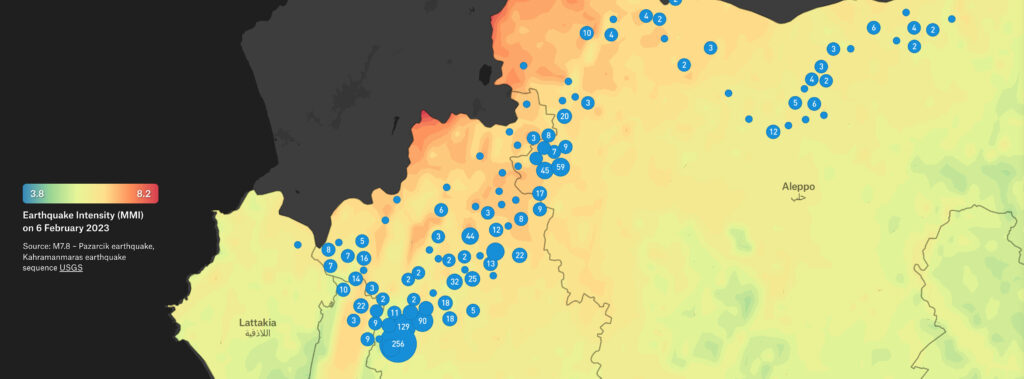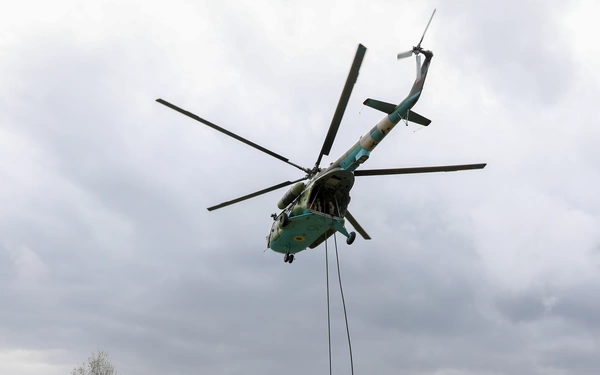Beginning in 2011, Syria experienced a protracted conflict following a violent crackdown on popular protests against President Bashar al-Assad. Different armed groups were established in parts of Syria, including the so-called Islamic State, with multiple international parties conducting military campaigns in the country and tens of thousands killed.
Airwars has documented all allegations of civilian harm caused by international actors in Syria since 2014 – including the US-led Coalition, Russia and Türkiye – and produced a number of major investigations.
Conflicts monitored involving Syria





